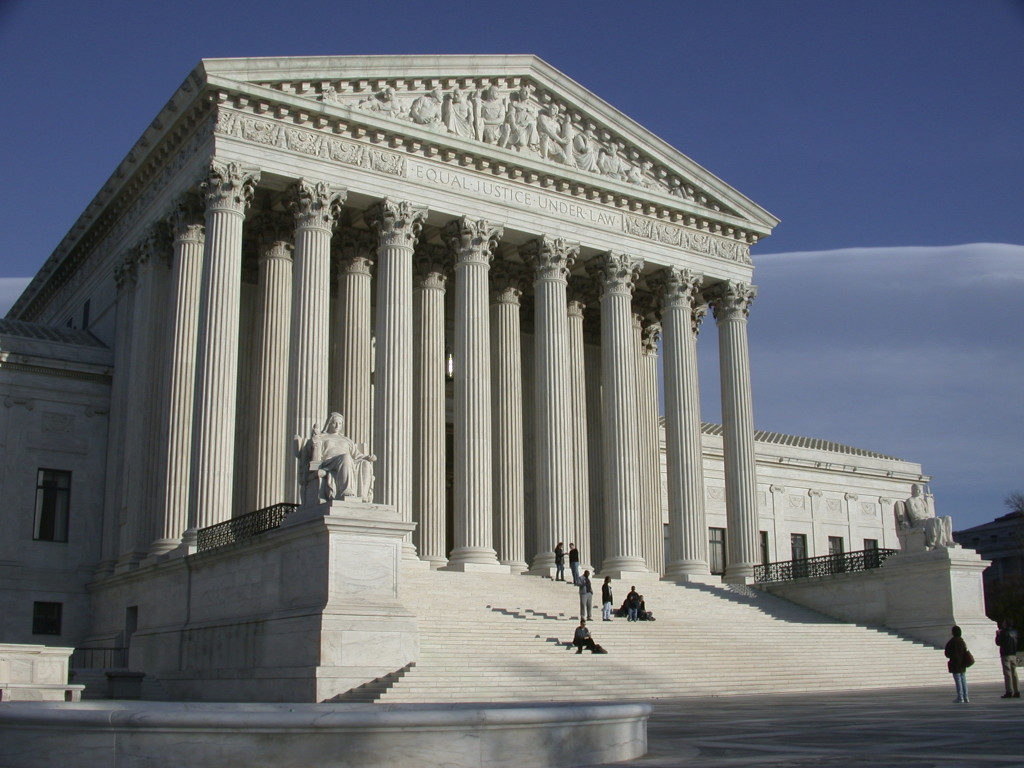EPA Administrator Gina McCarthy’s testimony before Congress today continues to leave unanswered questions and speculation about EPA’s activity level around the carbon rule, as well as what the stay means for states who would like to put their pencils down but fear the EPA’s retribution for holding off until judicial review is complete. Here’s the truth about the stay and what it means for states still considering whether to stop work:
1. The EPA’s own opposition brief to the Supreme Court openly acknowledged that a stay would toll all deadlines.[1]
2. The whole rule was stayed, not just a portion of it. The compliance schedule (2016, extension request, 2018, 2022, etc) is part of the rule, not a separate document. So logically, yes, staying the rule would mean tolling the entire compliance schedule.[2]
3. This isn’t entirely up to the EPA. The Supreme Court stayed the rule, and if they decide to lift the injunction, they will then clarify what deadlines the EPA can impose. Any flexibility by the EPA likely lies in the ability to unilaterally delay, not accelerate the deadlines.
4. The concepts of equity and due process of those who sought (and received) the injunction demand they not be harmed by their litigation success.[3] Explicitly enjoining enforcement of the rule because immediate action would cause undue harm on plaintiffs. And upon resolution, penalizing those same petitioners for not acting is a clear violation of this principle.
5. Supreme Court and DC Circuit case law holds that a stay preserves the status quo and that deadlines must therefore be tolled.[4]
6. The EPA itself expressed concerns in the final rule about needing to provide sufficient time to states and utilities to avoid any grid reliability concerns. Does this not by itself argue for a tolling of all deadlines?
7. If the EPA wants to enforce any later term deadlines such as 2022 or 2030 after the stay has been lifted, they will be free to re-open the regulation for modification and undergo another round of notice and comment. This would not be considered the same final carbon rule, though.[5]
8. Granting the states’ request for a stay would make little sense if the deadlines they would have to prepare for in the event they ultimately lost the legal challenge were not also tolled.[6]
9. This is the same playbook as EPA used for MATS – force states and utilities into enacting irreversible changes before the courts can strike the rule down. This is largely the reason the Court granted the stay. States should stand tall against EPA’s intimidation to the contrary.
Ultimately, this boils down to brute politics. Gina McCarthy continues to play coy on what the stay actually means while using the EPA’s regulatory authority to cajole states into working on a regulation they believe is illegal and harmful. She needs to be called to task for this, and possibly investigated for continued attempts to violate the Court’s injunction.
[1] Response in Opposition to Stay Application, No. 15A773, et. al. at 2-3 (U.S. Feb. 4, 2016).
[2] Order, No. 15A773, State of West Virginia v. EPA (U.S. Feb. 9, 2016), et al.
[3] Effect of Supreme Court Stay on Clean Power Plan Deadlines, Sidley Austin LLP, (March 3, 2016), http://www.chamberlitigation.com/sites/default/files/scotus/files/2016/White%20Paper%20on%20Impact%20of%20Stay%20on%20CPP%20Deadlines.pdf.
[4] Id. at 3-4.
[5] 5 U.S.C. 553.
[6] Effect of Supreme Court Stay on Clean Power Plan Deadlines, Sidley Austin LLP, pg. 4 (March 3, 2016) http://www.chamberlitigation.com/sites/default/files/scotus/files/2016/White%20Paper%20on%20Impact%20of%20Stay%20on%20CPP%20Deadlines.pdf.
